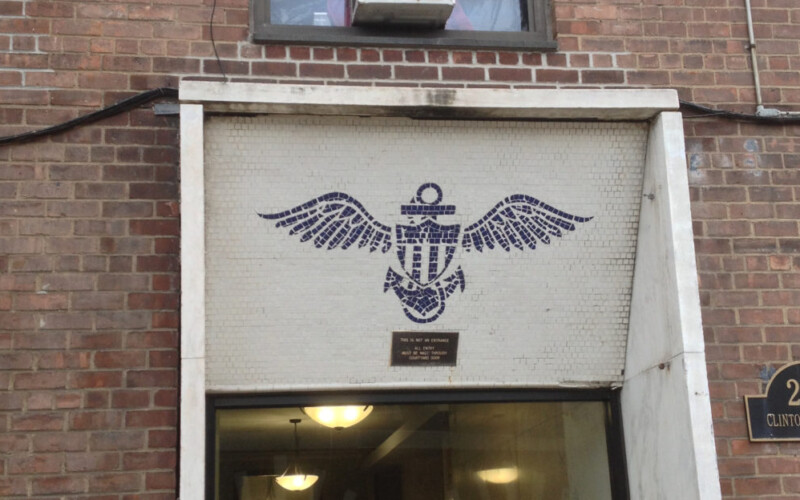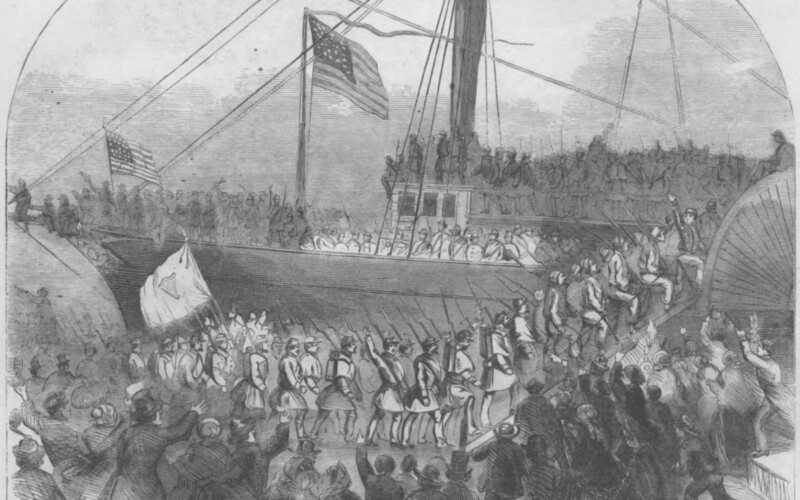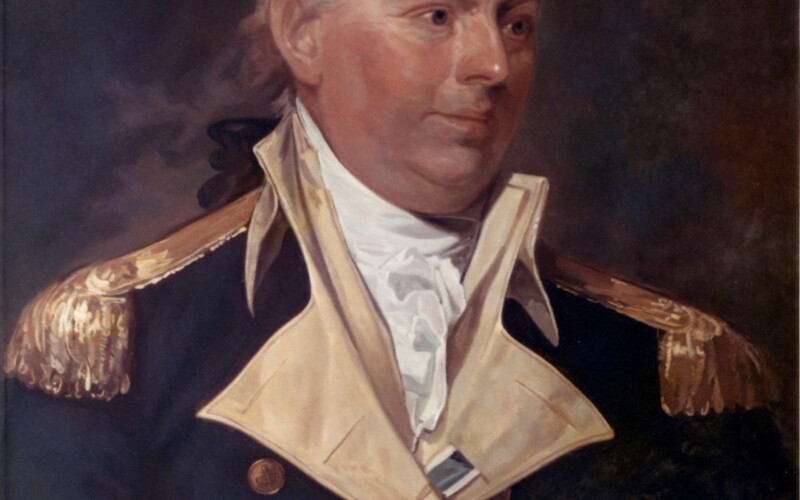We have experience hosting a range of audiences, from college classes to birthday parties to company outings, and we customize our tours to meet your group’s interests and needs.
Book a private tour today
Explore the neighborhoods surrounding the Brooklyn Navy Yard, including Vinegar Hill, Fort Greene, Clinton Hill, and Williamsburg, on this walk around the Yard’s long perimeter. We will explore connections between …
Read more

On March 17, 1863, the gunboat Shamrock was launched from the Brooklyn Navy Yard, an event attended by more than 5,000 onlookers and tremendous fanfare. The christening of this ship was meant …
Read more

John Barry (1745–1803) Born in Ireland’s southeast County Wexford, John Barry grew up with an abiding hatred for the English. When he was 12, his Catholic family was dispossessed of their …
Read more
